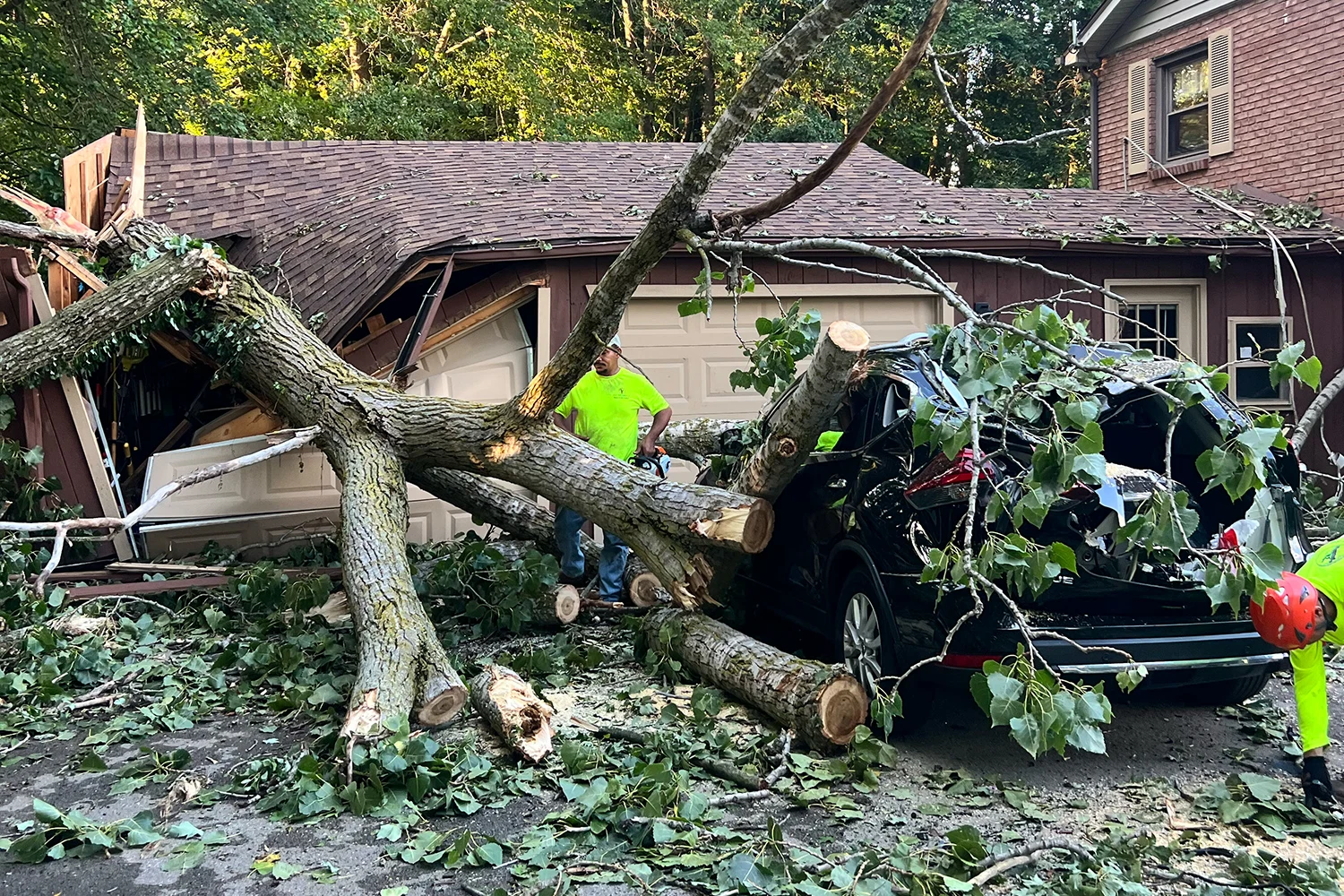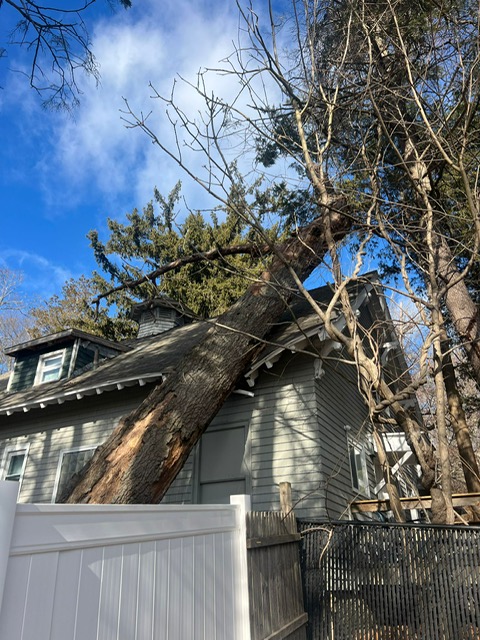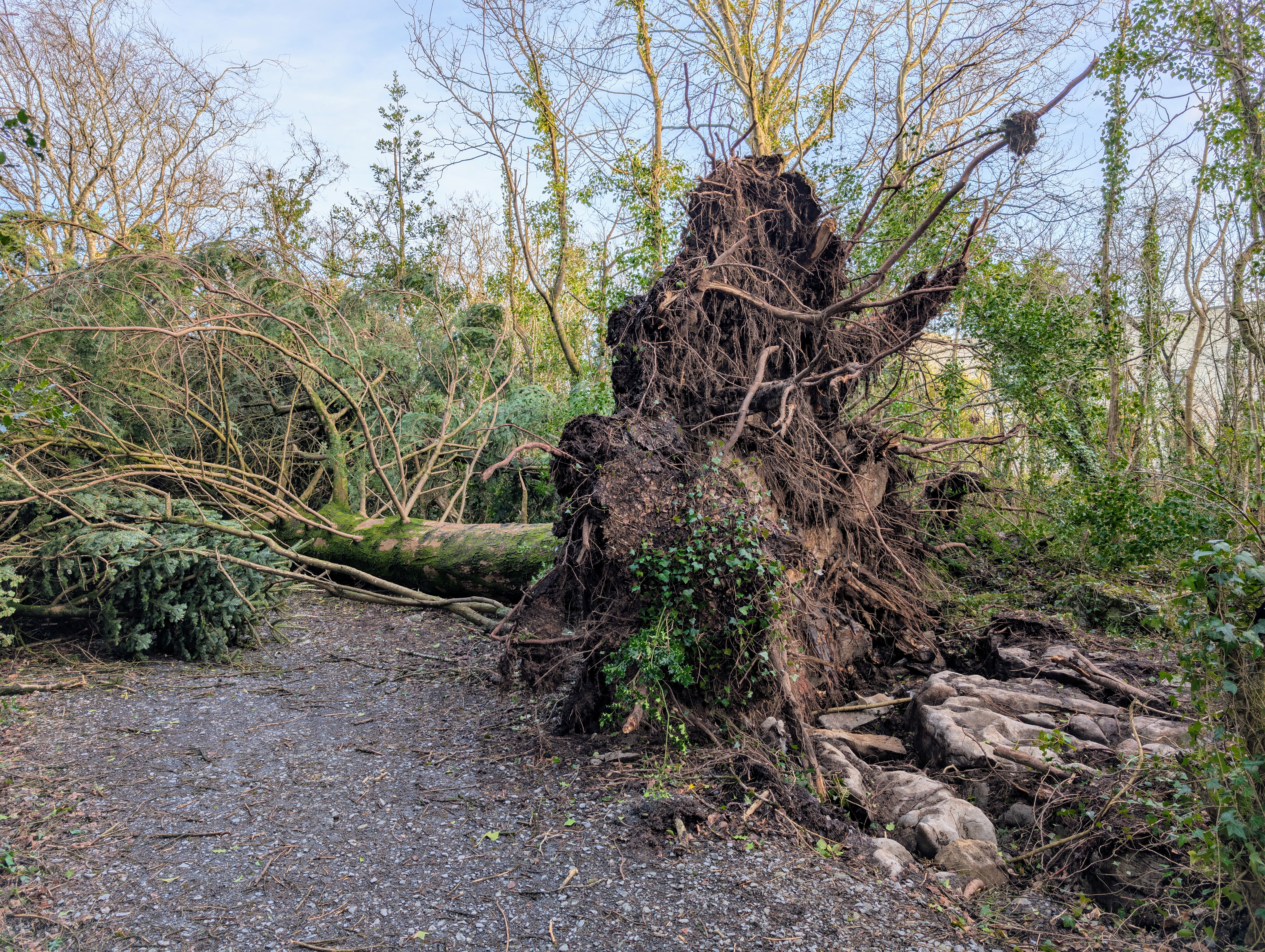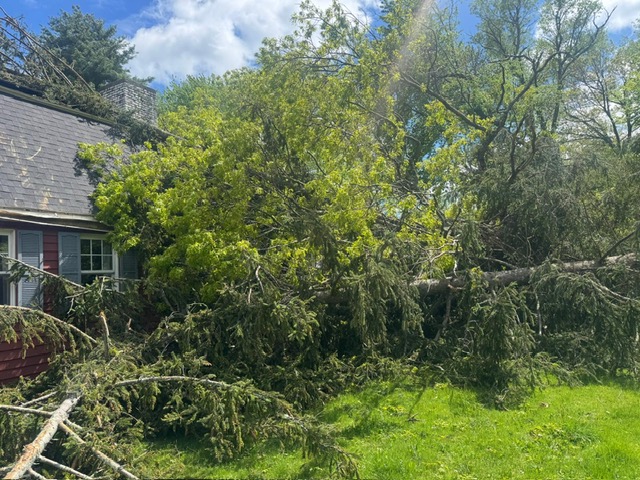How to Document Tree Damage for Insurance Claims
By Tree Emergency Expert
Tree Emergency Expert

Documenting tree damage for an insurance claim doesn’t have to be complicated, but it does require attention to detail. By following these steps, you’ll be well on your way to securing the compensation you deserve.
How to Document Tree Damage for Insurance Claims
When a tree falls and causes damage, the aftermath can be stressful. But don't let that stress overwhelm you—especially when it comes to dealing with insurance. According to industry reports, improper documentation is one of the main reasons insurance claims get delayed or denied. That’s right! Without the right evidence, you could miss out on thousands of dollars in compensation. Let’s break down how to effectively document tree damage to ensure your claim is successful.
Step 1: Act Fast—But Stay Safe
Time is of the essence, but safety comes first. Once you’re certain it’s safe, take immediate action to document the scene. Grab your smartphone and start snapping photos. Get close-ups of the damage, wide shots that show the entire area, and multiple angles. The goal is to capture the full extent of the damage—don’t skimp on the details!
Step 2: Include All the Details
Document everything. Note the date and time of the incident. Write down a brief description of what happened—was it a storm, high winds, or something else? If you can, include weather reports or any other relevant information that might support your claim. The more thorough you are, the stronger your case will be.
Step 3: Don’t Forget the Surroundings
It’s not just about the tree. Look at the surrounding area. Did the tree damage your fence, car, or roof? Make sure to photograph and note any additional damage. This will help paint a complete picture for your insurance adjuster, showing the full scope of what needs to be covered.
Step 4: Save All Communications
From the first phone call to your insurance company to the final resolution, keep a record of all communications. Save emails, take notes during phone calls, and keep track of who you spoke with and when. This will be crucial if there are any disputes or if you need to follow up on your claim.
Step 5: Get a Professional Assessment
Before making any repairs, have a certified arborist or contractor assess the damage. Their professional opinion can be invaluable when submitting your claim. They can provide an estimate for repair costs and help confirm the cause of the damage, both of which are key to getting your claim approved.
Step 6: Stay in Contact with Your Adjuster
Maintaining communication with your insurance adjuster is vital. Be proactive. Provide them with any additional information they request promptly, and keep them updated on the situation. This helps ensure your claim stays on track and gets processed as quickly as possible.
Conclusion: Be Prepared and Proactive
Documenting tree damage for an insurance claim doesn’t have to be complicated, but it does require attention to detail. By following these steps, you’ll be well on your way to securing the compensation you deserve. Remember, preparing now can save you a lot of headaches—and money—later!
Share this article:
Related Articles

Tree Damage and Insurance Claims: What Homeowners in the U.S. Should Know After a Storm
Not all tree damage is treated the same by your homeowners insurance. In most cases, you’re covered if a fallen tree damages your house, fence, or garage — but there are exceptions. For example, you’re usually protected if a storm knocks a tree onto your roof or if a neighbor’s tree falls onto your property. However, if a dead or neglected tree comes down without hitting anything, or blocks only your yard, your policy may not cover the removal costs.

Nor’easter 2025: What CT, NJ & NY Homeowners Should Know (And How to Protect Your Trees)
This upcoming nor’easter isn’t just targeting Connecticut — it’s also expected to hit New Jersey and New York with strong winds, heavy rain, and coastal flooding. Trees near the coast or in vulnerable spots will face risks. Get your property prepared now to avoid damage.

How Do I Safely Inspect Tree Damage After a Storm?
At 1 Tree Emergency, we specialize in emergency tree services and post-storm response, so we know what to look for when assessing storm damage. This guide will help you understand how to safely inspect trees after a storm, what warning signs to check for, and when it’s time to call a professional.
Need Emergency Tree Service?
Our team of certified arborists is available 24/7 to handle any tree emergency.